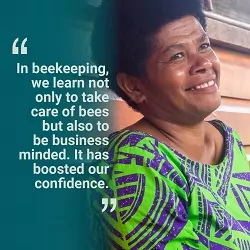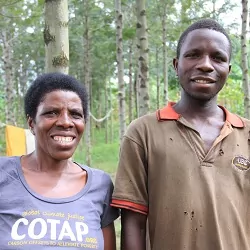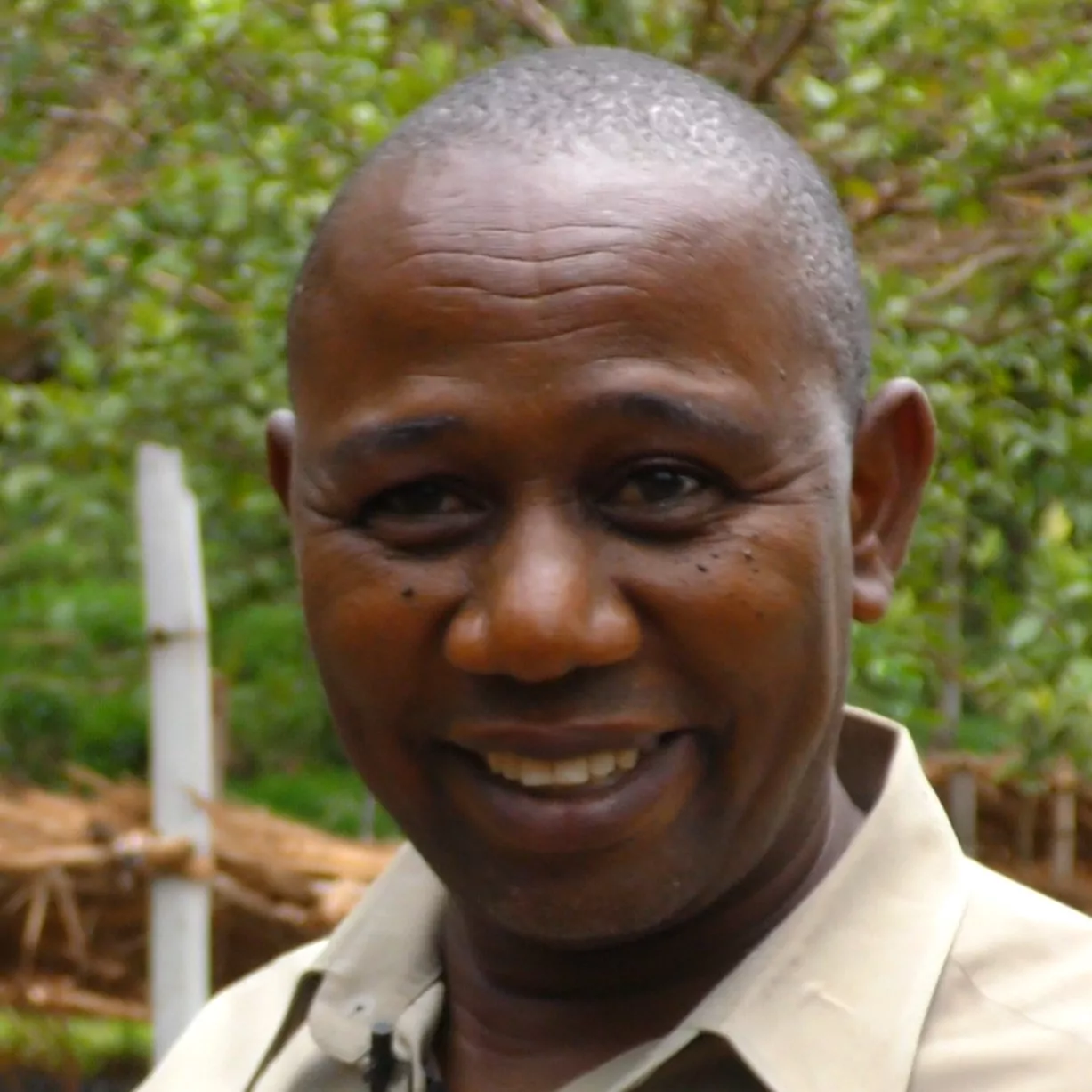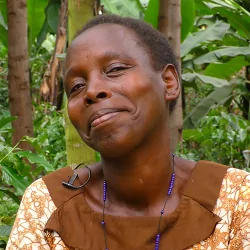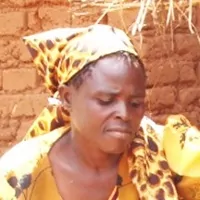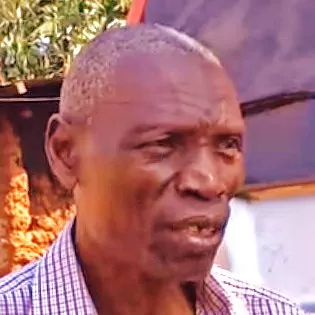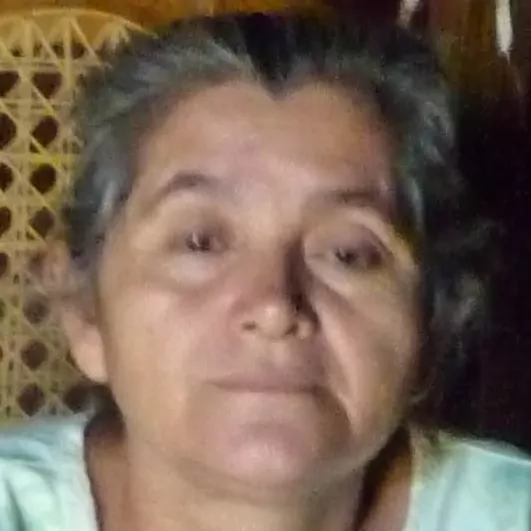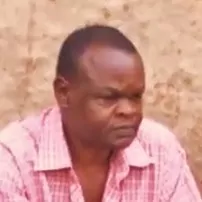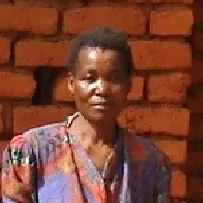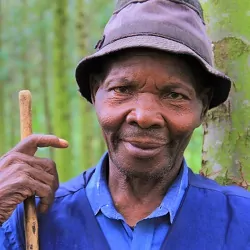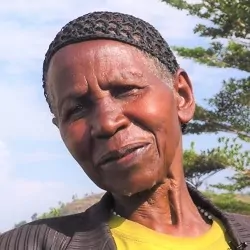Offset your CO2 emissions through Umair’s Khasi/COTAP campaign on GoFundMe. To receive a formal COTAP acknowledgement, please forward your GoFundMe receipt to donate at cotap dot org. If you prefer, you can offset through the Khasi project on COTAP.
As you can see, Umair Kabani has clear and infectious enthusiasm for the Khasi Hills Community REDD+ project! Umair is a Los Angeles-based startup entrepreneur, business coach, real estate syndicator, and connector. Earlier this year, he discovered that his ancestry includes the Khasi Hills in the northeastern Indian state of Meghalaya.
Umair’s research led him to COTAP, and he became so intrigued and inspired that he not only became a Cotapper and offset his personal emissions through the Khasi project, but he also launched a GoFundMe page to support it. As of December 24, 2020 his campaign has raised over $2,200 for the the Khasi Hills Community REDD+ project. Check out his video and you’ll see why!
More about the Khasi Hills Community REDD+ Project
The Khasi project is India’s first community-based REDD+ program, and one of the first REDD+ projects anywhere to be 100% owned, controlled, and operated by indigenous communities. Ten tribal administrative units called Hima represent 62 villages (with approximately 4,357 households) and collectively form the project’s governance and oversight council known as the Synjuk (or “Federation”). The Synjuk was legally established in 2011 as the Ka Synjuk Ki Hima Arliang Wah Umiam, Mawphlang Welfare Society (KKHAW-UMWS). The project is located in the East Khasi Hills District of Meghalaya and the Umiam River Watershed, which boasts one of the highest recorded annual rainfalls in the world.
Started in 2005, the project is now protecting and restoring 27,139 hectares of cloud forest, which in 2010 comprised approximately 9,270 hectares of dense forests and 5,947 hectares of open forests. 78% of the project’s emissions reductions over 30 years are expected to result from avoided deforestation through advance closure, cutting fire lines, distributing efficient stoves, and promoting alternative livelihood activities. The remainder will result from Assisted Natural Regeneration (ANR) performed on open forests in 1,500-hectare increments.
The project distributes benefits through its Community Development Grants Program, and the most frequent project type applied for is to improve water systems by installing tanks, building washing areas, and digging drinking water wells. The project successfully concluded its first 3rd-party verification in 2017 and its buyers include TUI Nordic Airlines, Arvid Nordqvist coffee, and Expedia, Inc.
The project operates in rural areas where firewood is the primary fuel source for cooking and heating, and the project’s purpose of reducing pressure on local forests through efficient stoves goes hand in hand with reducing wood smoke inhalation. The Khasi project’s multi-pronged effort to reduce fuelwood consumption includes distribution of electric rice cookers and liquefied petroleum gas (LPG) and a goal of ensuring half of the project area’s 4,400 households have an efficient wood-burning stove by 2020.
The Hima vote on how to distribute the project’s performance-based carbon offset earnings among villages. As an example, in 2015 68% of the 62 participating villages reported utilizing their community grants from carbon sales to improve their drinking water systems by installing wells, water tanks, and formal washing places. This was by far the dominant project type that year, as 100% of 8 recently-sampled water supply sites had confirmed the presence of coliform bacteria.



